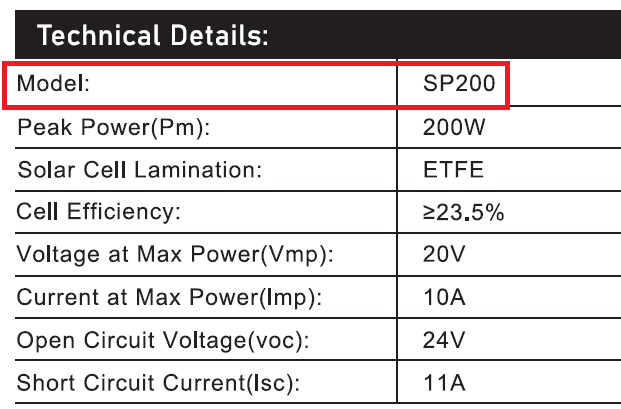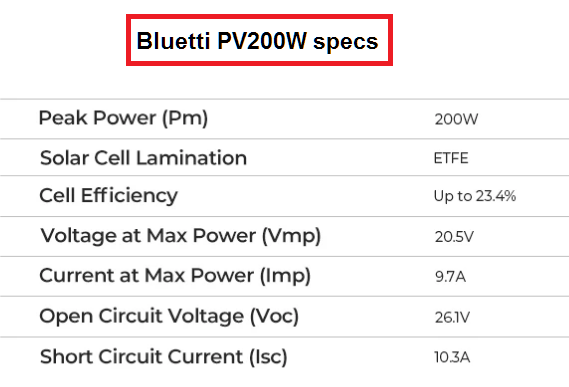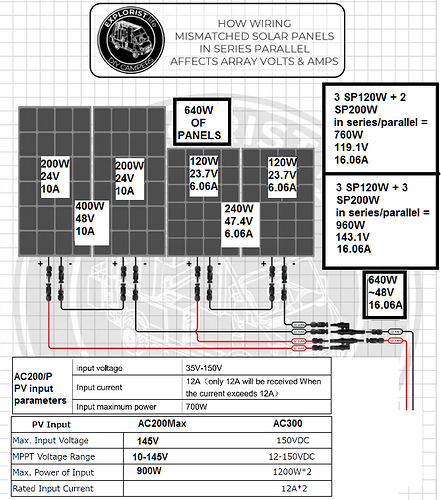When connecting solar panels in a parallel configuration, do both “sides” have to be equal in the no. of panels/volts/amps??
They don’t have to be the same but the total voltage of the side with the lowest total voltage will lower the voltage of the parallel array down to that lower voltage. The amps of each side will add and that total amps be multiplied by that lowest voltage to determine the watts. The total amps can also be limited by the limitation of the input of the device that you connect them to. An example might be if the 2 sides add up to 20 amps but you connect to an AC200P that limits the amps to 12, then only 12 of those 20 will contribute to the input power, so the potential power of those 8 amps difference will be “lost”.
Here are a couple good links. You may have to scroll down on one of them:
https://optingoutofnormal.com/2020/09/07/sizing-a-solar-panel-array-to-fit-your-needs/
https://www.explorist.life/using-mismatched-solar-panel-sizes/
Thanks for your answer, Paul! I could use some help figuring out how to take advantage of a couple scenarios with new sogens and expansion batteries that have enhanced capabilities.
But first, can you tell me if I’ve got this right? Using a diagram from the second link I posted above, I made a few scenarios for the panels I have. In this case I only used Bluetti SP120W and SP200 panels, and only for the AC200, AC200P and AC200 Max.
From what you say, I may be able to tweak this a touch more, given the difference in amps between the 120W and 200W panels. So you are saying when I come up with these scenarios, I can disregard the higher amps and then base voltage on the lower amps, thereby potentially increasing the watts/volts/number of panels? Or is that pointless? ![]()
The voltages that you used are the open circuit voltage of the panels. Those voltages need to be within the voltage range spec of the PV input, such as 35-150 for the AC200/P. The panel voltage for the power calculations are Vmp voltages (20 Vmp for the SP200 and 19.8 for the SP120).
If you put 3 SP120 and 2 SP200 panels in series. The Vmp total would be (3 x 19.8) + (2 x 20) = 99.4 Vmp. The current would be limited to the SP120 current = 6.06. So 99.4 x 6.06 = 602.4 watts max.
If you put 2 series sides of 3 SP120 and 3 SP200 the total Vmp voltage would be 3 x 19.8 (Vmp of the lower SP120) = 59.4. The currents would add to 16.06 as you show in your boxes. So this array would be capable of producing 59.4 x 16.06 = 954 watts. But the 12 amp AC200/P will limit the power to 59.4 x 12 = 712.8 watts. These are all theoretical power calculations. As the saying goes. your mileage may vary.
The power limit of the AC200/P is listed at 700 watts. I have gotten around 715 watts into an AC200/P when the sky, temperatures, panel angles, etc. was good.
I hope that this is helpful.
Outstanding and thorough reply Paul. Thank you
Thanks for your reply, Paul. So, a couple things:
-
I was told to use the Voc number, not the Vmp number when figuring voltage. Is this wrong?
-
Also, from what you are saying, mixing these panels is ok in series vs series-parallel? I do understand the amps would be limited by the lower number in a parallel configuration. I just wanted to make sure I stayed within the parameters. And I do understand I might be overpaneling in some cases, which is fine as we have cloudy days in the PNW.
I’m trying to figure out the best combination to max charge an AC200/P and an AC200 Max, as I have (will have) all three. And I will have 3 of the new Bluetti PV200W panels, so 6 SP120W, and 3 each of the SP200W and PV200W panels to work with. The AC200 Max can accept 900W. All three can take an additional 500W by using the DC Charging Enhancer, on a separate string. I have some non-Bluetti panels to use for that second string.
Here are the specs for each type of panel:



Thanks for any further advice you can give!
It is the Voc no. (the highest voltage no., or in your case the 23.7v) that you use.
Both Voc and Vmp are used but for different purposes.
The Voc is used to determine if the unit (AC200P) will start charging or not. It is the higher number. You add all of the Vocs in series and if that total is greater than 150, then the AC200P will not charge. It will give you an error. The Voc is open circuit when no amps are flowing yet. When amps start flowing, the voltage that is used for calculating potential watts is Vmp.
The current in series is limited by the current of the lowest current panel.
The voltage in a parallel array is limited by the voltage of the lowest voltage “side” or “branch”. The currents in each “side” is added, but then the usable current to calculate total potential power will be limited by the 12 amp limit of the AC200P.
Thanks so much! I think I finally have it clear. Really appreciate your thorough explanations. 
